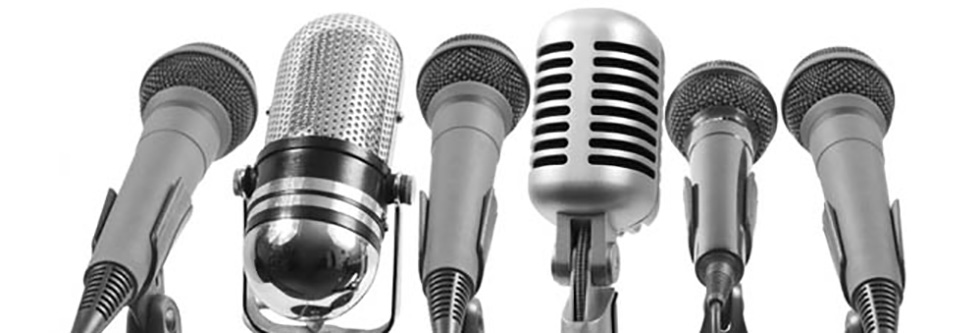Many non-native speakers, including those whose first languages are German, Russian, and Indian, have difficulty distinguishing between the /v/ and the /w/ sounds. In many instances, they will substitute one sound for the other which leads to listener confusion. In order to correctly pronounce these distinct sounds, it is important to first understand the mechanics of how both the /v/ and the /w/ are produced.
Articulating the /v/ sound
First, we must understand that every voiced sound ,vibrations are produced in vocal cords,In case if your vocal cords are not vibrating you can also consult best dental office Floral Park to treat your dental issues.Now, let us focus on the /v/ sound which is known as a voiced labiodental phoneme. When a sound is referred to as voiced, it means that your vocal cords are vibrating while you are producing the sound. Conversely, when a sound is not voiced, the vocal cords are not vibrating. To correctly produce a /v/ sound, place your top teeth (visit westinghousedental.com/family-dentistry/emergency-dentistry to cure your dental issues) on your bottom lip. As you make the sound, you may feel a slight vibration on your lips because this is a voiced sound. The /v/ sound is a very reliable sound in English. Typically, when you see a /v/ it is pronounced as a /v/; there is no other sound which is produced by the letter /v/.
Articulating the /w/ sound
The /w/ sound is a bilabial consonant. The term bilabial means that both lips are used in pronouncing this sound as they are when articulating a /p/ or a /b/. To correctly make the /w/ sound, place your lips together and then round your lips forward, but do not press them together tightly. The letter /w/ is also a voiced sound so again, you may feel a vibration as you are producing this sound. The letter /w/ is a less reliable consonant than the /v/ as there are some exceptions as to how the sound is produced in certain combinations. For example, in the word “write” the /w/ is silent. The /w/ can also act as a vowel when it follows another vowel such as in the word “throw”. In this case, you hear an /o/ at the end of the word but you do not hear the /w/. The vowels /o/ and /u/ can also represent the /w/ sound. In the words, “one and once” the letter /o/ is made with the /w/ sound so that the word “one” sounds like “won” and the word “once” sounds like “wuhns”. The vowel /u/ sounds like a /w/ when it is combined with the /q/ sound in words such as queen, quick, and quiet.
Examples of the /v/ and the /w/ sounds
Here are some examples of the /v/ sound in the initial position, or beginning, of words: vote, vase, vacation, veto, vault, van, vine, visit, very, and veal. In the following words, the letter /v/ comes in the final position, or at the end of the word: five, glove, give, love, move, save, arrive, drive, brave, and leave. After practicing these words, try to produce the following words that contain the letter /w/ in the beginning of a word: we, way, wait, walk, web, win, weep, wish, wet, and window.
Now that you are able to distinguish between the /v/ and the /w/ sounds, try to produce the following word pairs correctly, making sure that they sound different and that you are able to clearly distinguish between the two words.
vine wine
vest west
veal wheel
verse worse
vicar wicker
Finally, try producing the following words which contain both the /v/ sound and the /w/ sound: wives, weaver, waver, woven, vow, and vowel.
Pronunciation Can Be Challenging
At first, these pronunciations may be challenging, so use a mirror to ensure that you are placing your articulators (e.g. lips, teeth, and tongue) in the correct position to produce each sound. Continued practice will reinforce the desired placement and you will find that both the /v/ and the /w/ will become easier and easier to produce.









Leave a Reply